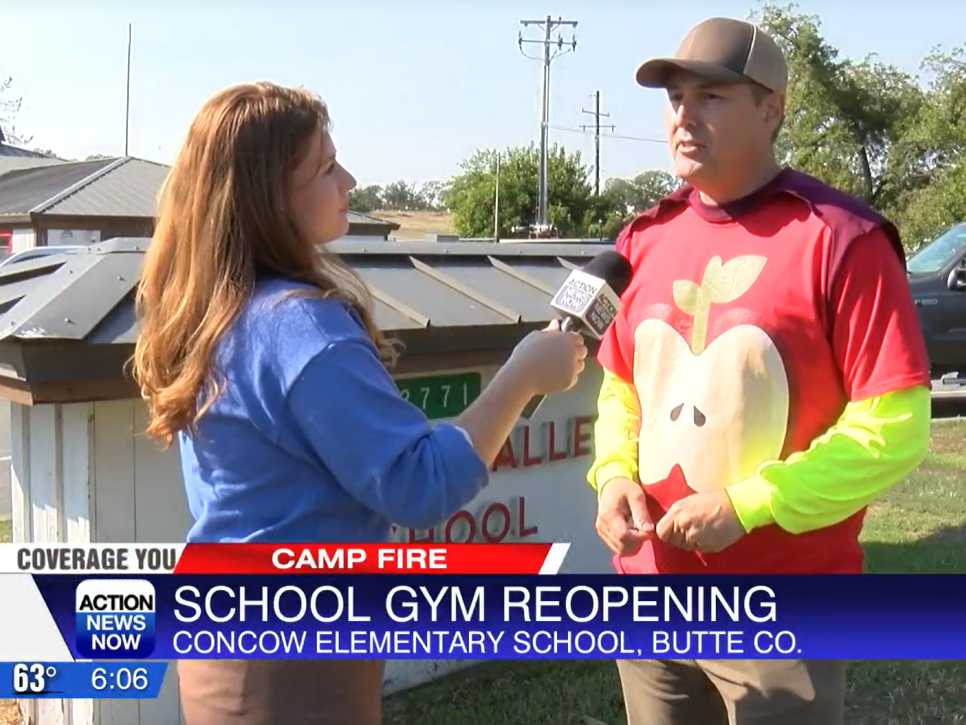As a parent, you want the best for your child, and one of the most important decisions you’ll make is when to send your child to school. In the United States, each state sets its own rules and regulations for when children can start school. This post will discuss the age parents can send their children to school, transitional kindergarten in California, cutoff dates for states, states that have flexibility, and options for affordable childcare if your child does not meet the cutoff date.
Age for Starting School in the United States
In the United States, children are typically required to start school at age 5 or 6, depending on the state. However, many states offer parents the option of sending their children to school at age 4 or even 3, but this varies from state to state.
Cutoff Dates for States
Each state sets its own cutoff date for when children can start school. The cutoff date is the date by which a child must turn a certain age in order to be eligible for kindergarten.
In Texas, the cutoff date is September 1, but some school districts offer a program called “early childhood education” for children who turn 4 years old by September 1. See the table below for information about your state:
| State | Eligibility for Kindergarten | Free Options for Students That Miss the Kindergarten Cut Off |
| Alabama | Age 5 by September 1 | |
| Alaska | Age 5 by September 1 | |
| Arizona | Age 5 by August 31 | |
| Arkansas | Age 5 by August 1 | |
| California | Age 5 by September 1 | *Transitional Kindergarten |
| Colorado | Age 5 by October 1 | |
| Connecticut | Age 5 by January 1 | *School Readiness Program |
| Delaware | Age 5 by August 31 | |
| Florida | Age 5 by September 1 | |
| Georgia | Age 5 by September 1 | |
| Hawaii | Age 5 by July 31 | |
| Idaho | Age 5 by September 1 | |
| Illinois | Age 5 by September 1 | |
| Indiana | Age 5 by August 1 | |
| Iowa | Age 5 by September 15 | |
| Kansas | Age 5 by August 31 | |
| Kentucky | Age 5 by August 1 | |
| Louisiana | Age 5 by September 30 | |
| Maine | Age 5 by October 15 | |
| Maryland | Age 5 by September 1 | |
| Massachusetts | Age 5 by September 1 | |
| Michigan | Age 5 by September 1 | |
| Minnesota | Age 5 by September 1 | |
| Mississippi | Age 5 by September 1 | |
| Missouri | Age 5 by August 1 | |
| Montana | Age 5 by September 10 | |
| Nebraska | Age 5 by July 31 | |
| Nevada | Age 5 by September 30 | |
| New Hampshire | Age 5 by September 30 | |
| New Jersey | Age 5 by October 1 | *Preschool Education Expansion Aid (PEEA) |
| New Mexico | Age 5 by August 31 | *PreK Program |
| New York | Age 5 by December 1 | *Universal Pre-K |
| North Carolina | Age 5 by August 31 | |
| North Dakota | Age 5 by July 31 | |
| Ohio | Age 5 by September 30 | |
| Oklahoma | Age 5 by September 1 | *Early Childhood Four-Year-Old Program |
| Oregon | Age 5 by September 1 | |
| Pennsylvania | Age 5 by September 1 | |
| Rhode Island | Age 5 by September 1 | |
| South Carolina | Age 5 by September 1 | |
| South Dakota | Age 5 by September 1 | |
| Tennessee | Age 5 by August 15 | |
| Texas | Age 5 by September 1 | |
| Utah | Age 5 by September 1 | |
| Vermont | Age 5 by September 1 | |
Virginia | Age 5 by September 30 | |
Washington | Age 5 by August 31 | |
West Virginia | Age 5 by September 1 | *Pre-K Program |
Wisconsin | Age 5 by September 1 | |
Wyoming | Age 5 by September 15 |
Some states have what is known as “universal pre-kindergarten,” which is a program that allows all children to attend preschool for free starting at age 4. Other states have what is known as “voluntary pre-kindergarten,” which is a program that is available to all children but is not free.
Transitional Kindergarten in California
TK is the first year of a two-year kindergarten program that is designed to give children an extra year of preparation before starting traditional kindergarten.
“In 2022–23, children are eligible for TK if they turn 5 years old between September 2 and February 2
In 2023–24, children are eligible for TK if they turn 5 between September 2 and April 2
In 2024–25, children are eligible for TK if they turn 5 between September 2 and June 2
In 2025–26, LEAs are required to make TK available to all children who will have their fourth birthday by September 1 of the school year.”
TK is designed for children who are not yet ready for kindergarten, either academically or socially. It is intended to bridge the gap between preschool and traditional kindergarten and give children the skills they need to succeed in school.
TK is a publicly funded program, so there is no cost to parents. Children who are enrolled in TK attend school for the same amount of time as traditional kindergarten students, and they are taught by qualified teachers who have been trained in early childhood education.
Other States with Transitional Kindergarten
California is currently the only state with a specific transitional kindergarten program, but other states have similar programs or requirements for children who are not yet ready for traditional kindergarten.
For example, New York City has a program called Pre-K for All, which is a free, full-day pre-kindergarten program that is available to all 4-year-olds in the city. This program is similar to transitional kindergarten in that it is designed to give children an extra year of preparation before starting traditional kindergarten.
Other states, such as Colorado and Illinois, have laws that require school districts to offer kindergarten to children who turn 5 years old by a specific date, but they do not have specific transitional kindergarten programs.
States That Have Flexibility
While most states have a specific cutoff date for starting school, some states offer more flexibility. For example, in Ohio, parents can choose to delay their child’s entry into kindergarten for up to one year, as long as the child is enrolled in an approved educational program during that time.
In Michigan, parents can request that their child be assessed to determine if they are ready to start kindergarten, regardless of their age. If the assessment shows that the child is not yet ready for kindergarten, the parents can choose to delay their child’s entry into kindergarten for up to one year.
Options for Affordable Childcare If Your Child Does Not Meet the Cutoff Date
If your child does not meet the cutoff date for starting school, you may be wondering what options are available for affordable childcare. Here are a few options to consider:
- Head Start Program: The Head Start Program is a federally funded program that provides free preschool education and childcare services to low-income families. The program is available to children who are 3 or 4 years old, depending on the state.
- Private Preschool: Private preschools can be expensive, but some may offer scholarships or financial aid to low-income families. It is important to research and compare the costs of different preschools in your area to find the most affordable option.
- Family Child Care: Family child care is an option that many working parents use to provide affordable childcare for their children. Family child care providers are typically licensed and operate out of their homes, providing a smaller and more personal environment for children.
- In-Home Care: In-home care is another option for working parents who need affordable childcare. This can include hiring a nanny or babysitter to care for your child in your home, or even using a neighbor or family member who is willing to help out.
In conclusion, the age at which children can start school in the United States varies from state to state, and some states offer transitional kindergarten programs to help children who are not yet ready for traditional kindergarten. Cutoff dates also vary by state, but some states offer flexibility for parents who want to delay their child’s entry into kindergarten. If your child does not meet the cutoff date, there are options for affordable childcare, such as the Head Start Program, private preschool, family child care, and in-home care. It is important to research and compare these options to find the best fit for your family.



